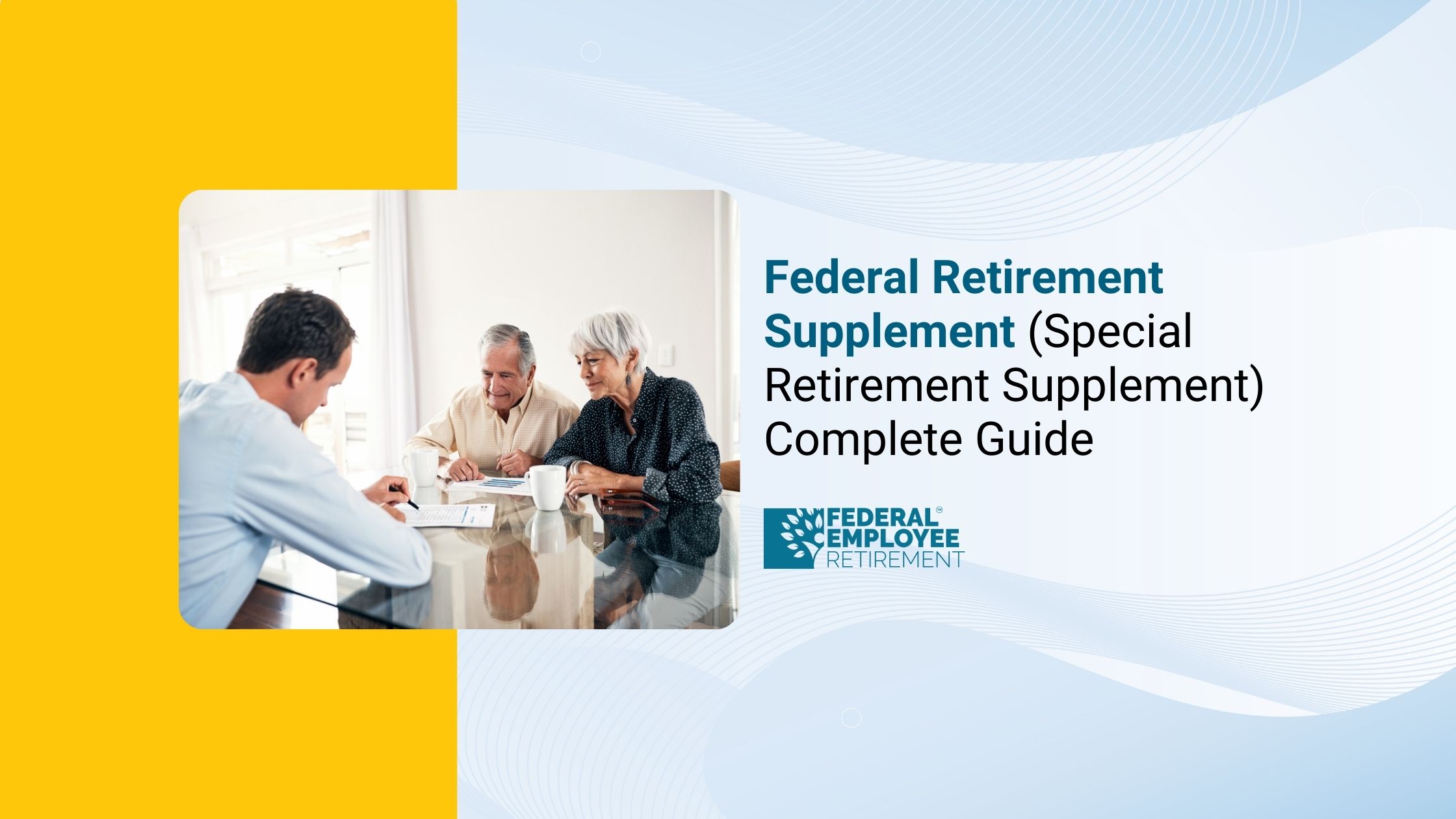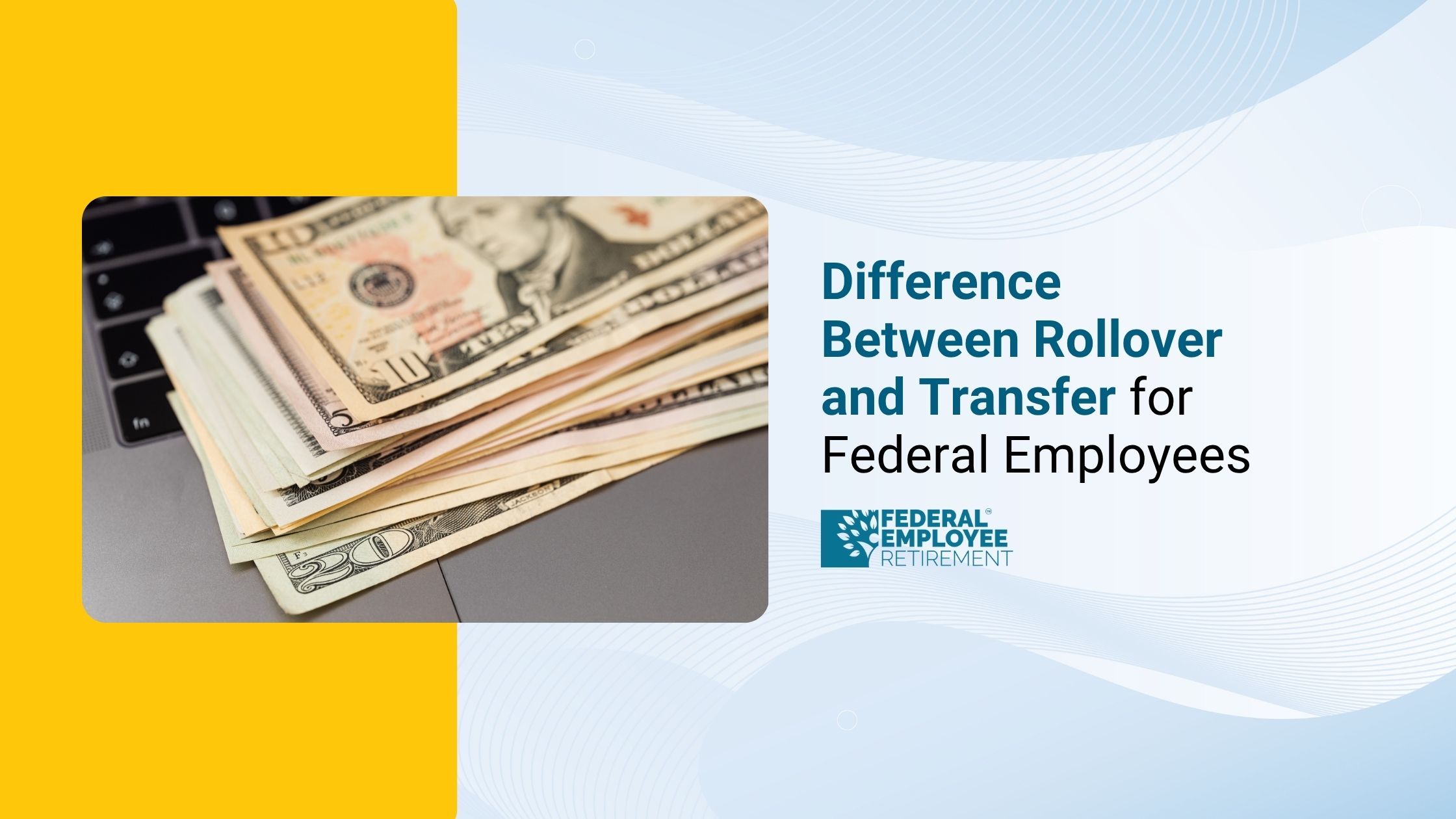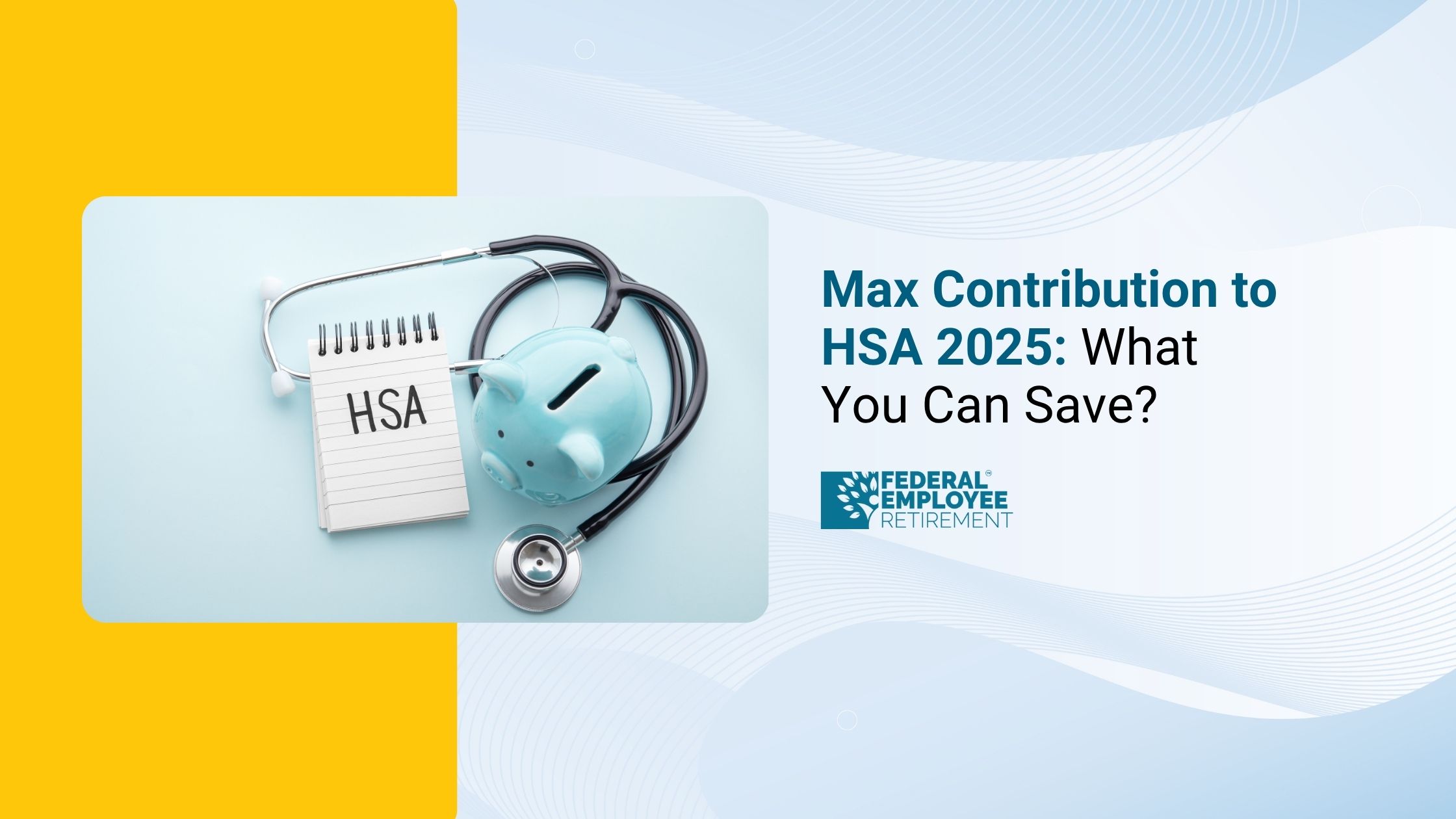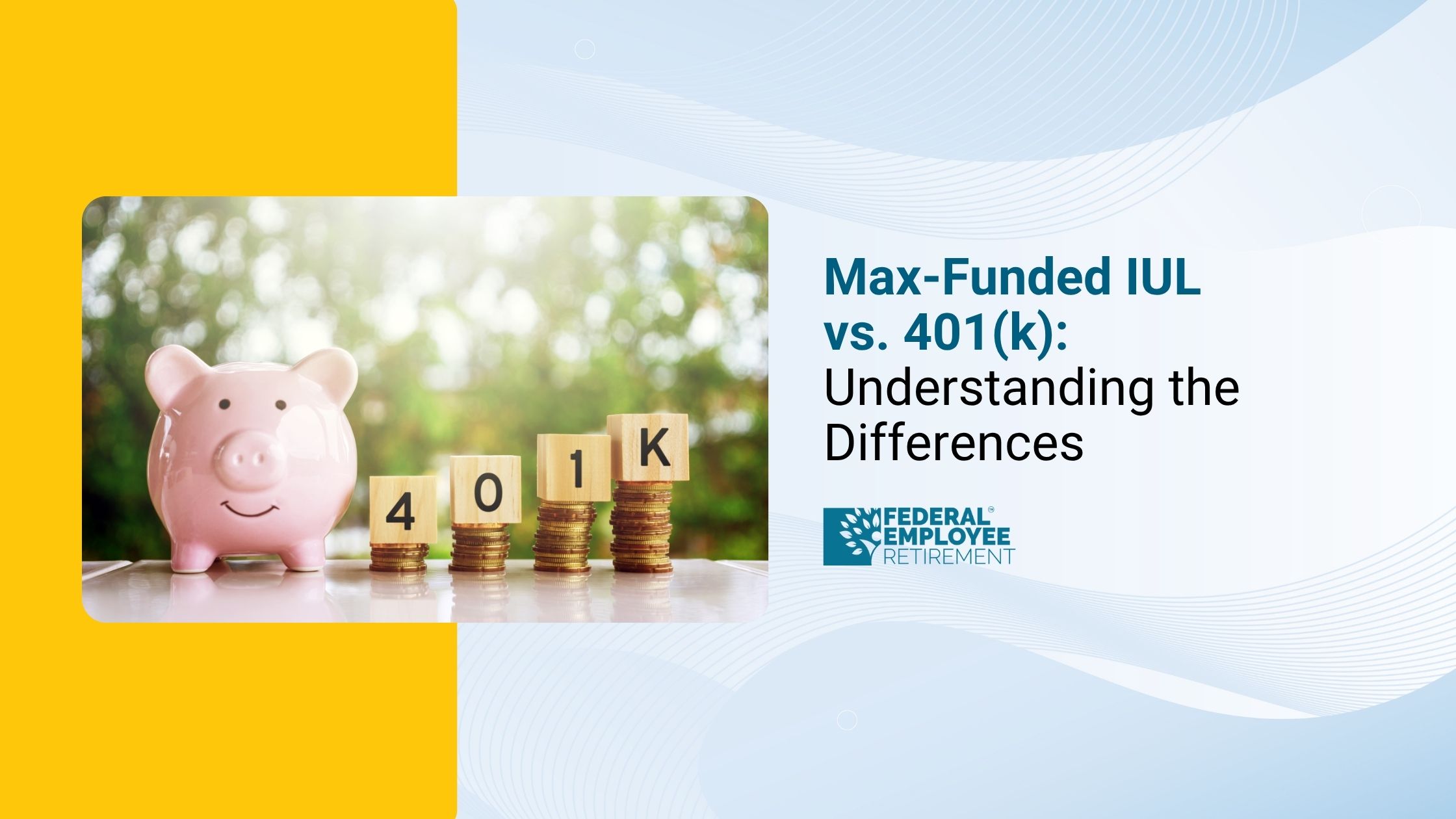You’re not alone; 4,359 federal employees booked their free review.

Federal Retirement Supplement (Special Retirement Supplement) Complete Guide
For federal employees under the Federal Employees Retirement System (FERS), one of the most important benefits is the Federal Retirement Supplement, also called the Special Retirement Supplement (SRS). This benefit is designed to bridge the gap between the time a retiree leaves federal service and when they become eligible for Social Security at age 62.
Paid directly by OPM, the SRS reflects the Social Security credits earned during federal service. Payments stop the month the retiree turns 62. While temporary, this benefit is a lifeline for maintaining income stability. However, the supplement is conditional subject to eligibility, earnings tests, and mandatory reporting. Any mistake in compliance can lead to reduced payments, suspension, or forced repayment.
Immediate FERS Retirement Rules
Social Security is one of the three components of the FERS retirement. When a FERS employee retires before age 62 under the immediate retirement rules, the first lifetime monthly FERS annuity checks will begin one or two months after the employee’s retirement date.
The table below summarizes the several types of immediate retirement available under FERS:
When a FERS employee retires under these rules between their Minimum Retirement Age (MRA) (55 to 57 depending on birth year), they will immediately receive their FERS annuity. Retirees can also take penalty-free withdrawals from their traditional TSP account. But the earliest age to collect Social Security retirement benefits is 62.
Since many FERS employees retire before age 62, OPM automatically pays the Special Retirement Supplement until the retiree reaches that age.
Ready to make the most of your federal retirement benefits? Don’t leave money on the table or risk costly mistakes with your FERS annuity, TSP, or Special Retirement Supplement. Our experts at Federal Pension Advisors will help you understand your options, maximize your retirement income, and create a plan tailored to your future. Schedule your free consultation today and retire with confidence.
Calculation of the SRS
The formula ties directly to federal service:
SRS = Estimated Social Security Benefit at 62 × (Years of FERS Service ÷ 40)
Example: A retiree due $1,600 in Social Security at 62, with 30 years of service, would receive:
$1,600 × (30 ÷ 40) = $1,200 per month.
Key facts:
- Payments are estimates OPM’s final figures may vary.
- No cost-of-living adjustments (COLAs).
- Payments end at age 62.
- Retirees may decline the supplement by advance notice to OPM.
Action Required: Federal retirees considering post-service employment must check projected income carefully. Excess earnings could wipe out the benefit.
Earnings Test and 2025 Limits
The SRS is tied to the Social Security earnings test.
- 2024 exempt limit: $22,320
- 2025 limit: Will rise slightly in line with Social Security adjustments
- Penalty: $1 reduction for every $2 earned above the limit
Critical notes:
- Reductions apply only to the SRS, not the core FERS annuity.
- Special Provision employees are exempt from the test until reaching MRA.
Case Examples:
- Phyllis retired in 2020 at 57 with 30 years. Earnings above $18,240 triggered reductions that year.
Donald, a firefighter, retired in 2019 at 52. His SRS was exempt until he hit MRA in 2021.
Mandatory Reporting to OPM
Directive for 2025: Every retiree drawing the SRS at or beyond MRA must report prior-year income.
- File Form RI 92-22 (Annuity Supplement Earnings Report).
- OPM mails this annually. In 2025, retirees must report 2024 earnings.
Accepted data sources:
- W-2, Box 3 (Social Security wages)
- Schedule SE, Form 1040 (self-employment)
Warning: Incorrect or missing reports trigger repayment demands or benefit suspension. Compliance is non-negotiable.
You might like - North Carolina Law Enforcement Retiremen
Compliance Reminder
The Special Retirement Supplement is temporary, conditional, and heavily policed. Retirees cannot afford mistakes.
- Verify eligibility.
- Track annual income against limits.
- File Form RI 92-22 on time.
- Prepare for termination of payments at 62.
Urgent Advisory: Non-compliance risks overpayment recovery and suspension of benefits. FERS retirees must act now report 2024 earnings, monitor income, and plan for the cutoff at age 62.

FAQ'S
1. What is the Federal Special Retirement Supplement (SRS)?
The Special Retirement Supplement (SRS) is an additional benefit paid to certain FERS (Federal Employees Retirement System) retirees.
- It’s designed to bridge the income gap between the time a retiree stops working and when they first become eligible for Social Security at age 62.
- The payment is meant to represent the Social Security benefit earned during federal service only.
- It is not paid after age 62 at that point, retirees transition to actual Social Security.
2. What is the warning about the FERS Supplement?
The “warning” is that:
- The SRS is not permanent. It ends at age 62 regardless of whether you claim Social Security.
- It is subject to an earnings test similar to Social Security. If you earn income from wages or self-employment above the annual limit ($22,320 in 2024), your supplement is reduced $1 for every $2 earned above the limit.
- Some federal employees mistakenly assume the supplement continues indefinitely or is unaffected by outside earnings—that’s the big caution.
3. Will the FERS Supplement be eliminated in 2025?
- As of now (August 2025), the FERS Supplement has not been eliminated.
- In recent years, there have been proposals in Congress to eliminate or reduce the supplement as a cost-saving measure, but none have passed into law.
- Retirees who qualify in 2025 are still eligible to receive it under current rules.
4. How much is the FERS Supplement per month?
The amount depends on your years of federal service and your estimated Social Security benefit at age 62.
Formula (simplified):
FERSSupplement≈(Years of FERS Service ÷ 40)×Age-62 Social Security BenefitFERS Supplement ≈ \text{(Years of FERS Service ÷ 40)} × \text{Age-62 Social Security Benefit}FERSSupplement≈(Years of FERS Service ÷ 40)×Age-62 Social Security Benefit
Example:
- If your projected Social Security at 62 is $1,600/month
- And you worked 30 years under FERS
30÷40=0.750.75×1,600=1,20030 ÷ 40 = 0.75 0.75 × 1,600 = 1,20030÷40=0.750.75×1,600=1,200
You would receive about $1,200/month until age 62.
In practice, many retirees receive between $800–$1,200 per month, but it varies widely by service time and salary history.


Get Updated
Subscribe to our weekly updates for the latest on retirement planning, federal benefits, exclusive webinars, and more!
Download Federal Retirement: Step-by-step Checklist
This comprehensive guide will help you understand your federal benefits, optimize your savings, and plan for a comfortable future.



.png)








